Understanding the craft of office interior photography.
Introduction
The art of workspace interior photography involves more than just pointing and shooting a camera. It’s a delicate blend of industry knowledge, technical prowess, artistic insight, and storytelling. In this article, we delve into what constitutes outstanding workspace interior photography, from understanding the latest trends in design to ensuring accurate representation of spaces.
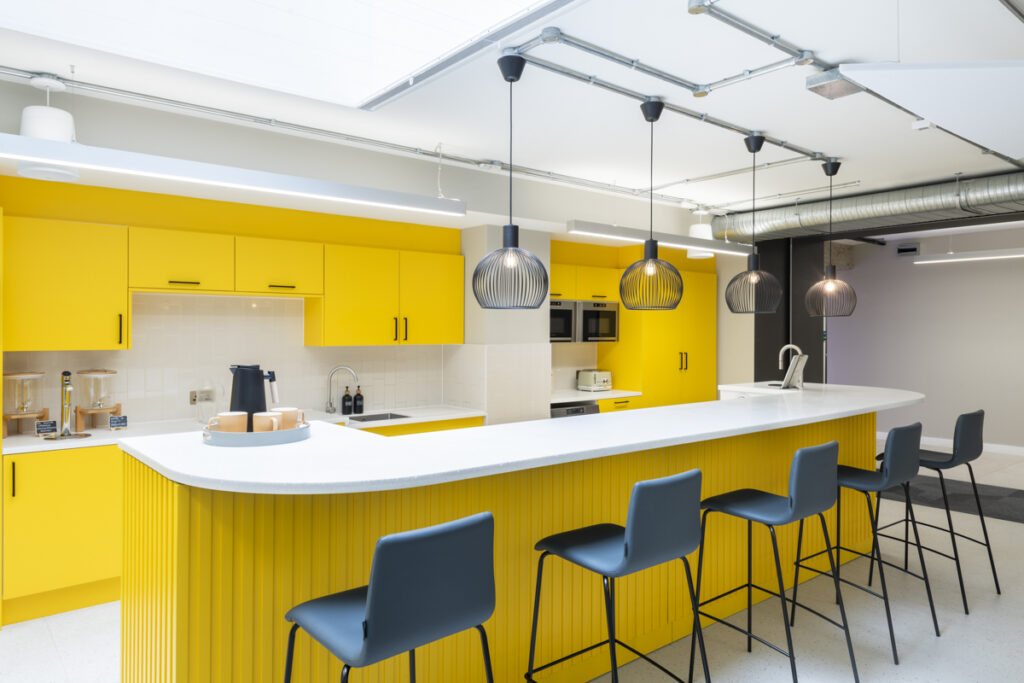
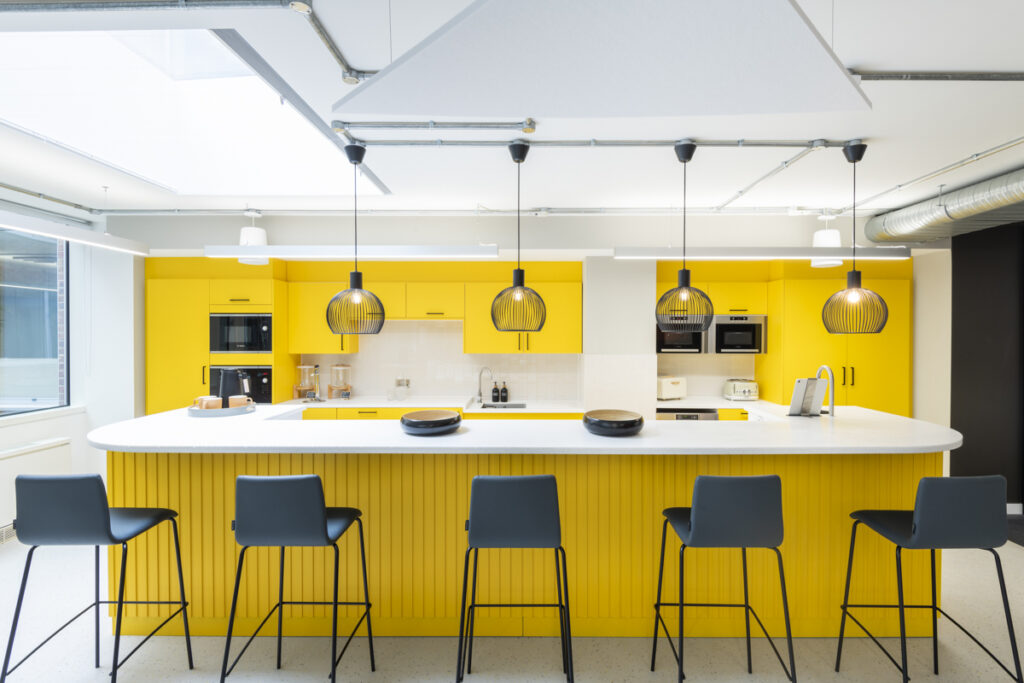
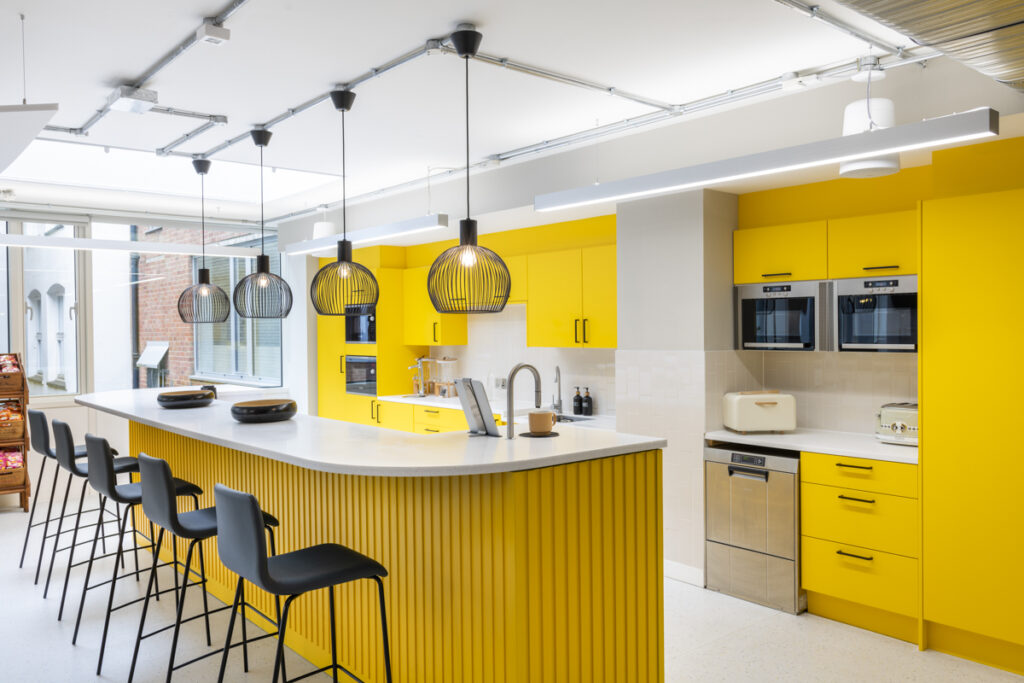
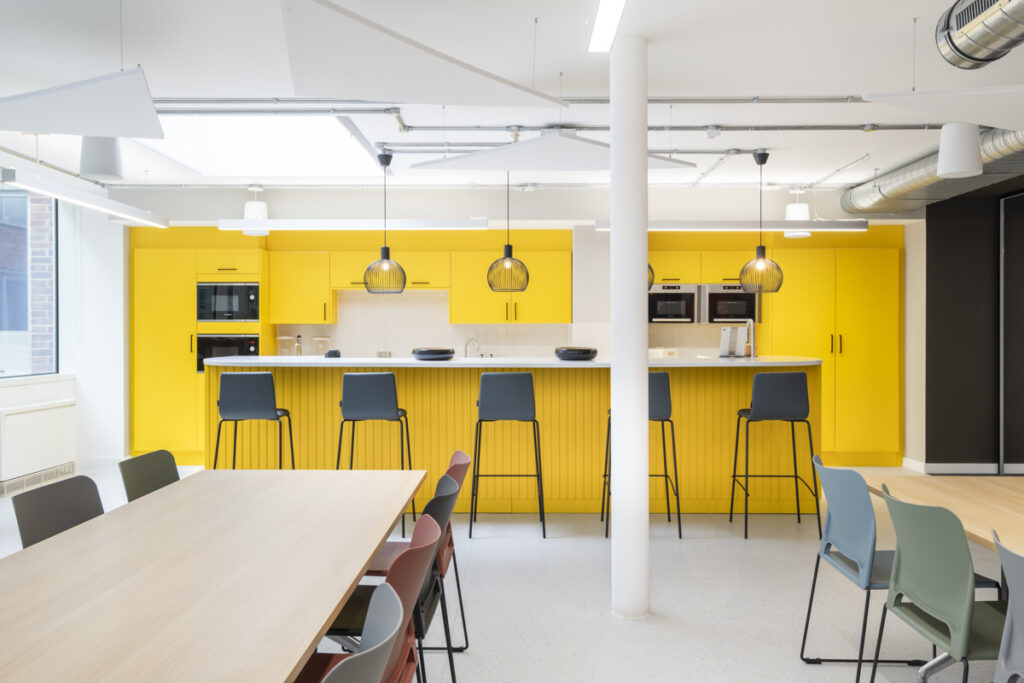
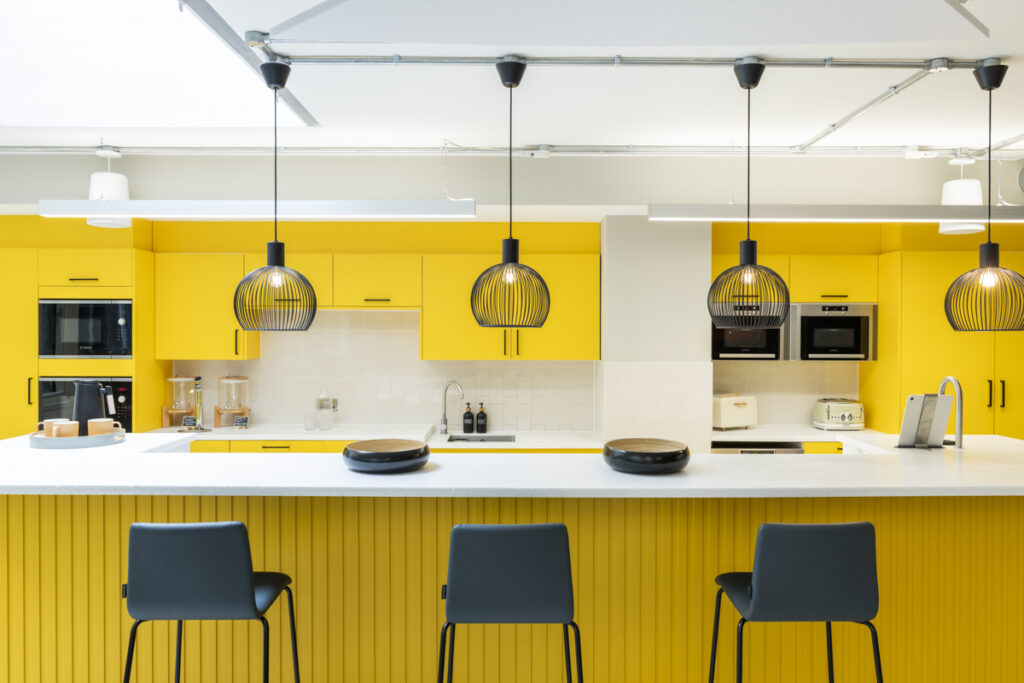
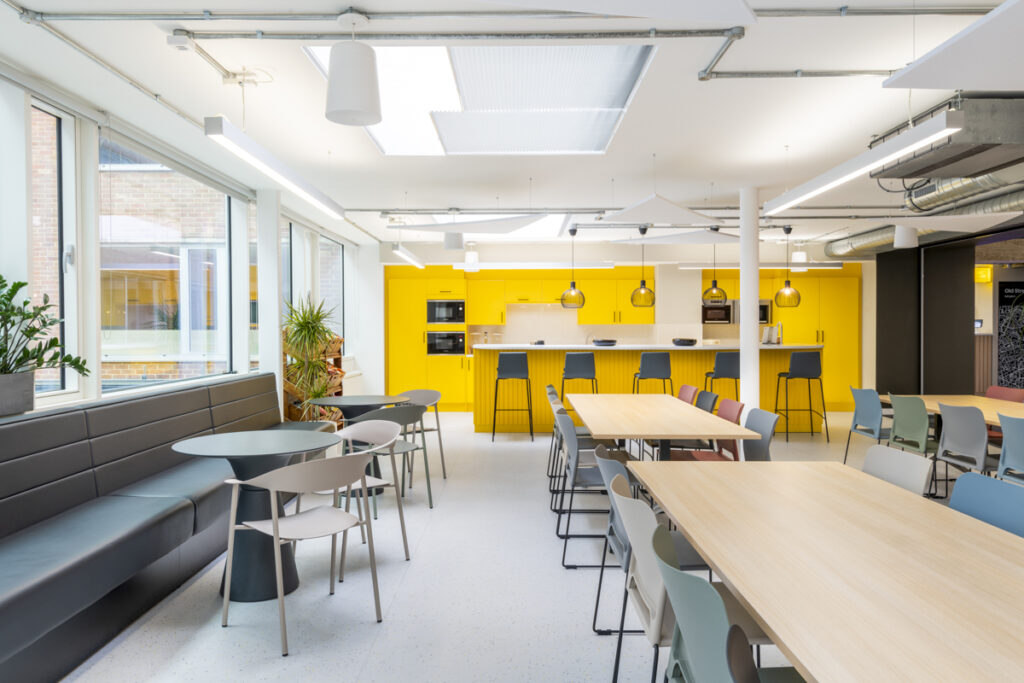
Design Industry Knowledge: Staying Ahead of Trends
Having a solid grasp of the workspace design industry and current trends is crucial. This knowledge allows photographers to appreciate and highlight the distinctive elements and philosophies embedded in the workspace design. By keeping a finger on the pulse of industry trends, photographers can ensure their work resonates with the evolving tastes and preferences of clients.
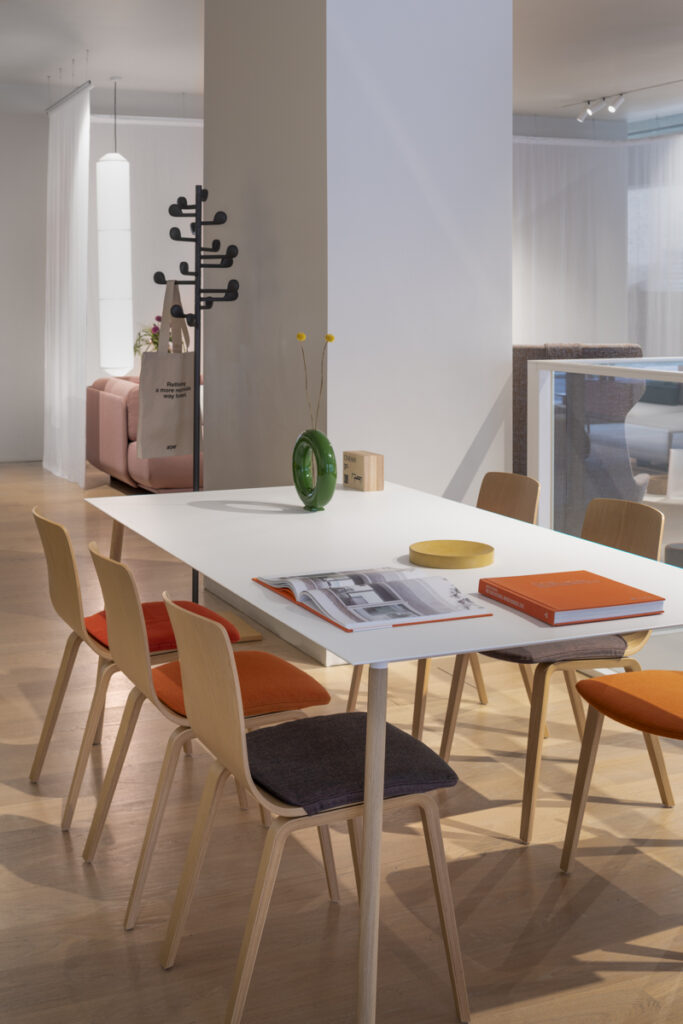
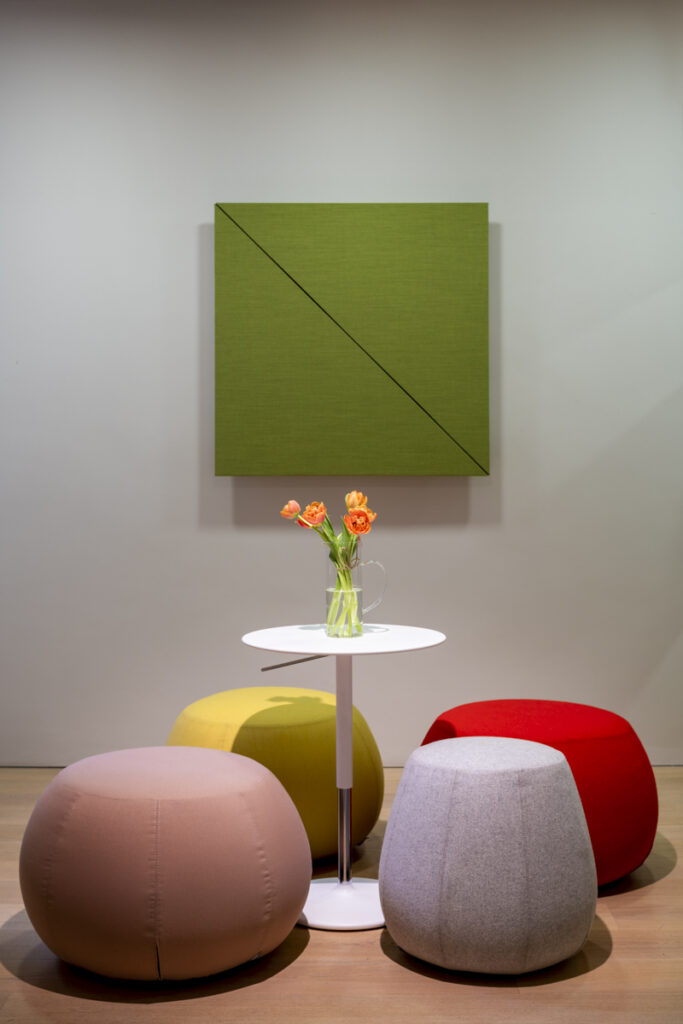
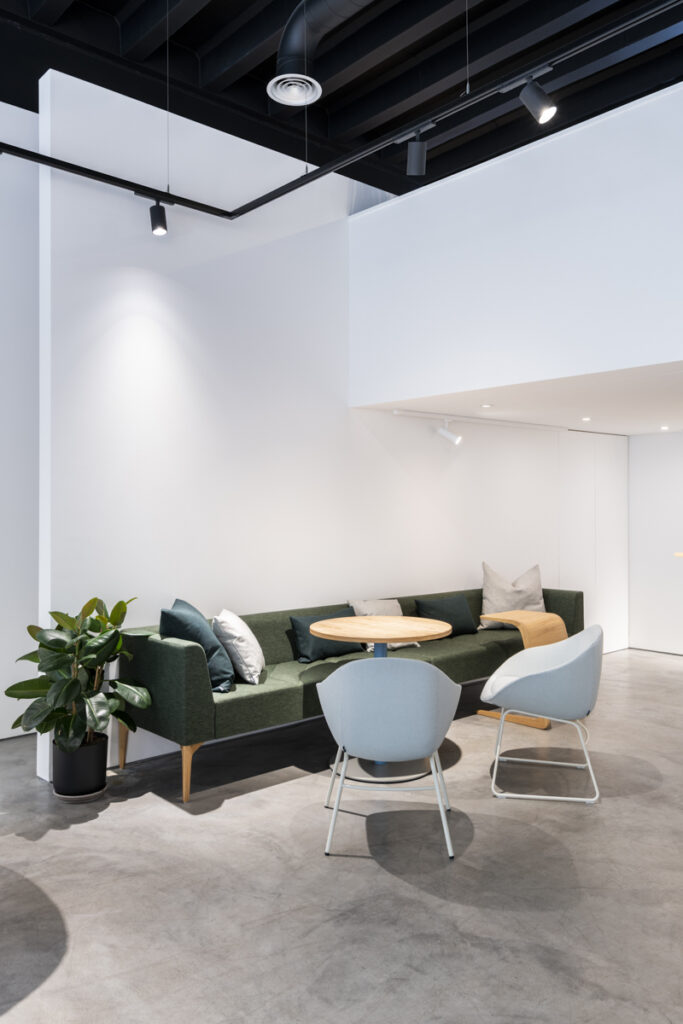
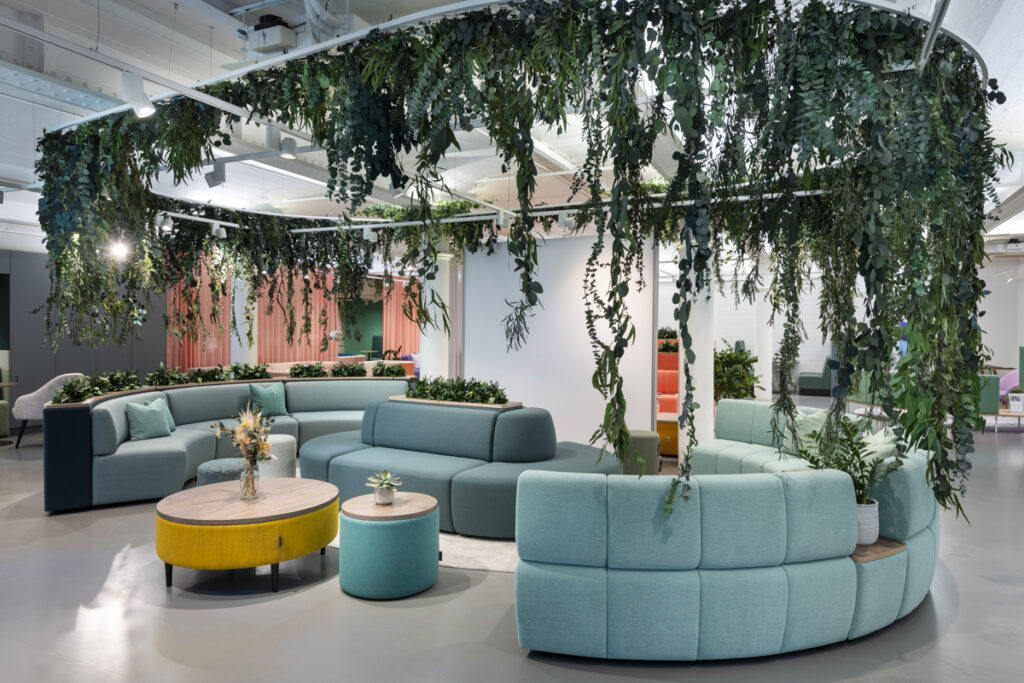
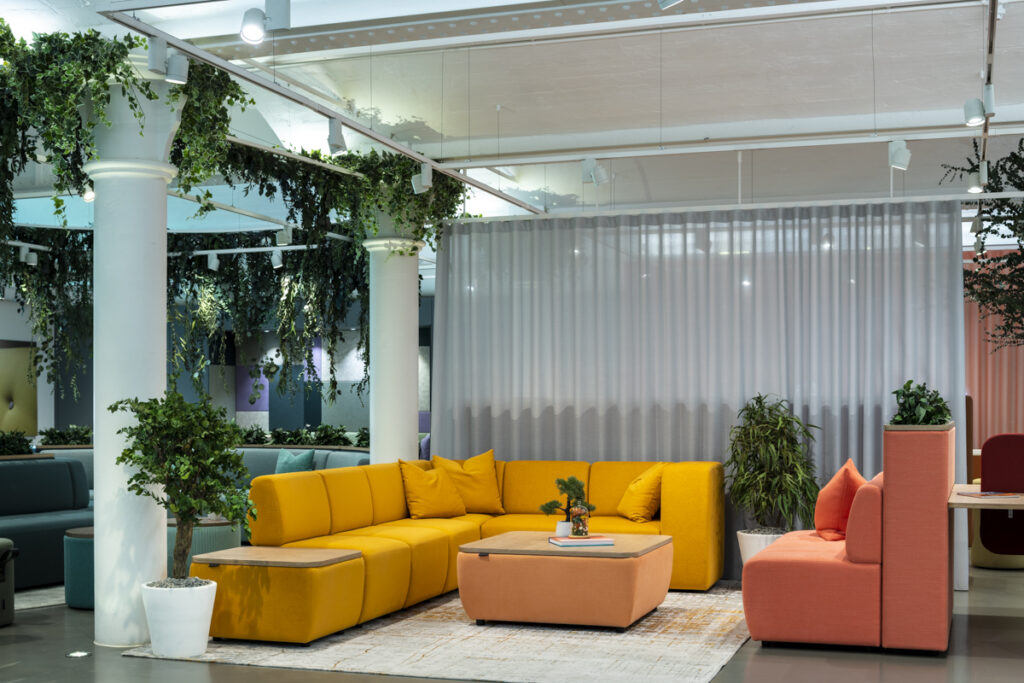
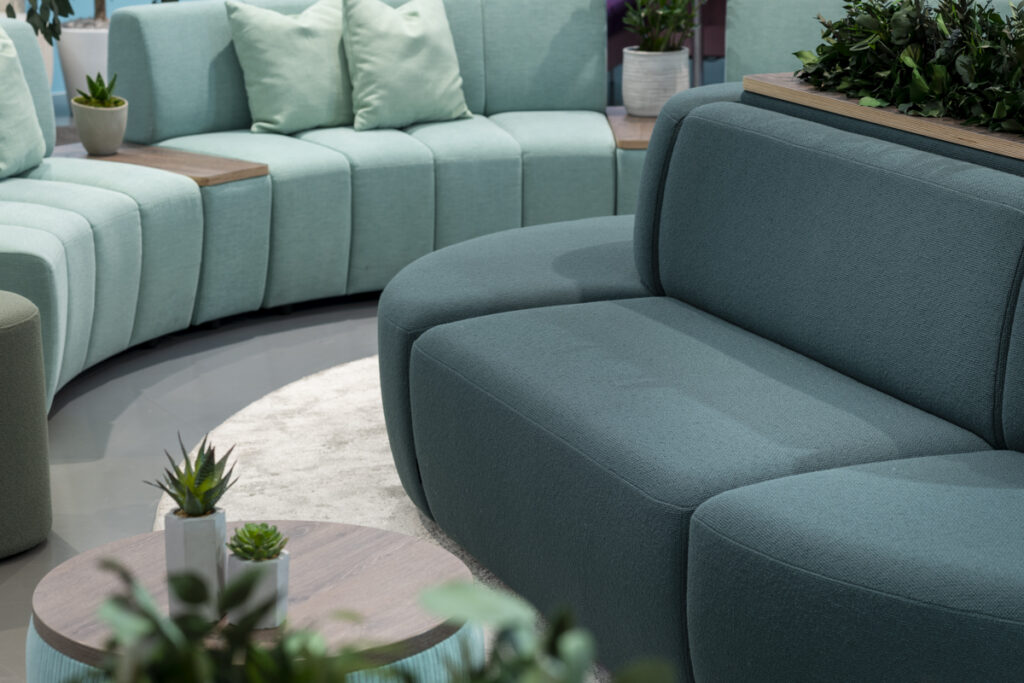
Composition: Crafting the Visual Narrative
The composition is an essential aspect of workspace interior photography. It involves thoughtfully arranging elements within the frame to create a harmonious and balanced image. A well-composed shot guides the viewer’s eye, emphasising key design features, and encapsulating the workspace’s unique story. Experimenting with different angles and perspectives can further enrich this visual narrative.
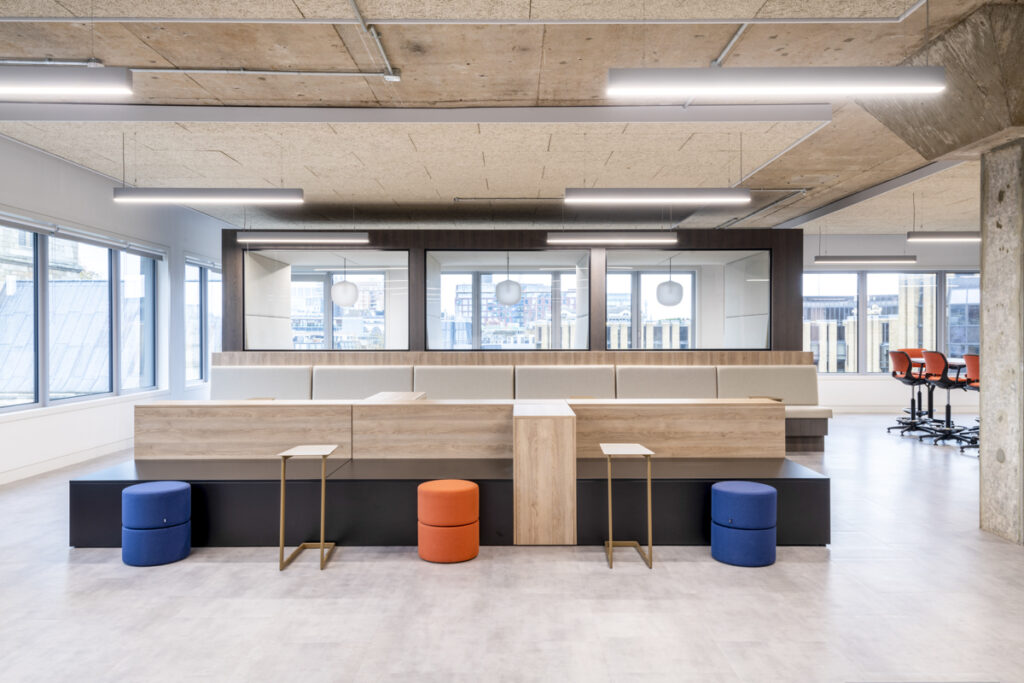
Lighting: The Key to Atmosphere
Proper lighting is vital to capturing the ambiance of a workspace. Whether utilising natural light or supplementing with artificial sources, photographers need to manipulate light effectively to enhance textures, create depth, and convey the workspace’s mood accurately. The interplay of light and shadows can dramatically influence the perception of space, making it a powerful tool in a photographer’s arsenal.

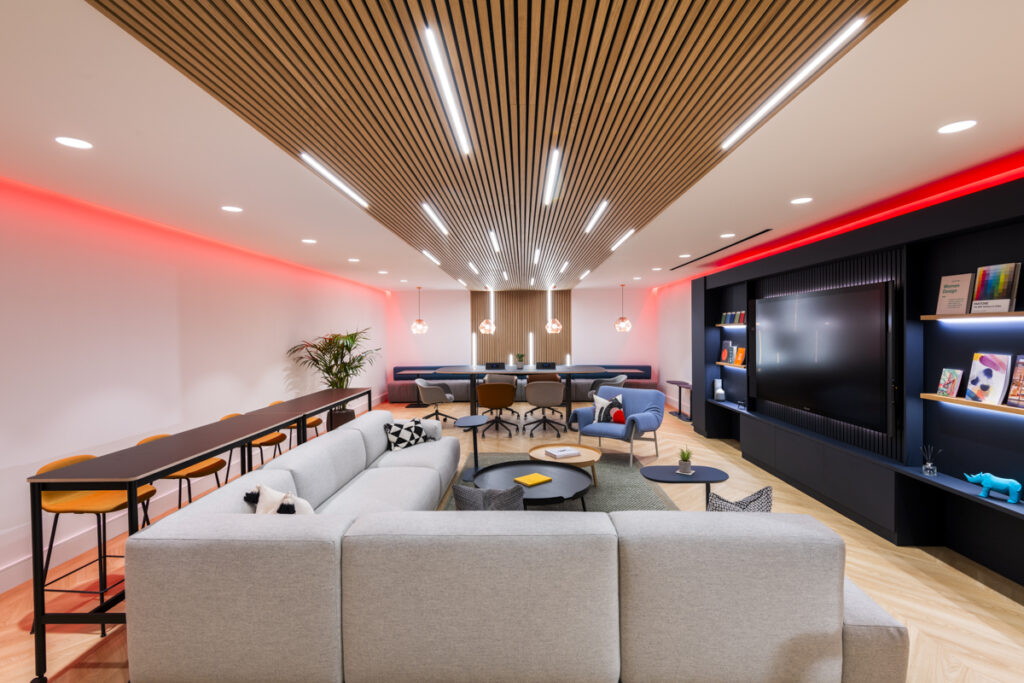

Specialised Equipment: Tilt-Shift Lenses
Using specialised equipment like tilt-shift lenses can significantly improve the quality of workspace interior photographs. These lenses allow photographers to control perspective and eliminate distortion, a common issue when shooting buildings or interiors. With these lenses, photographers can maintain straight lines and accurate proportions, providing a true-to-life representation of the space.
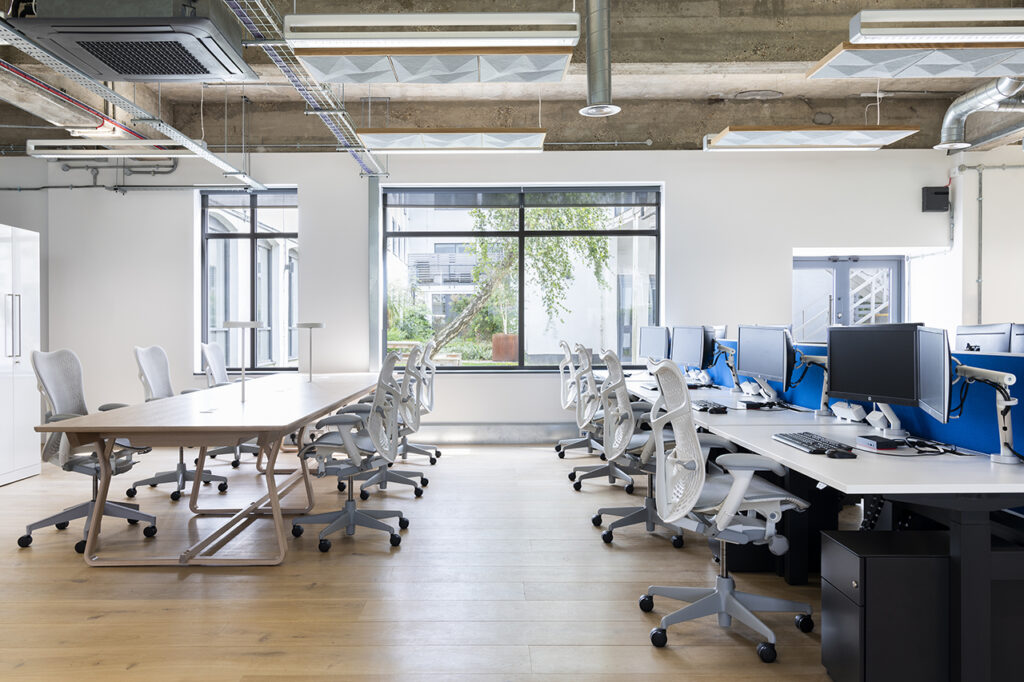
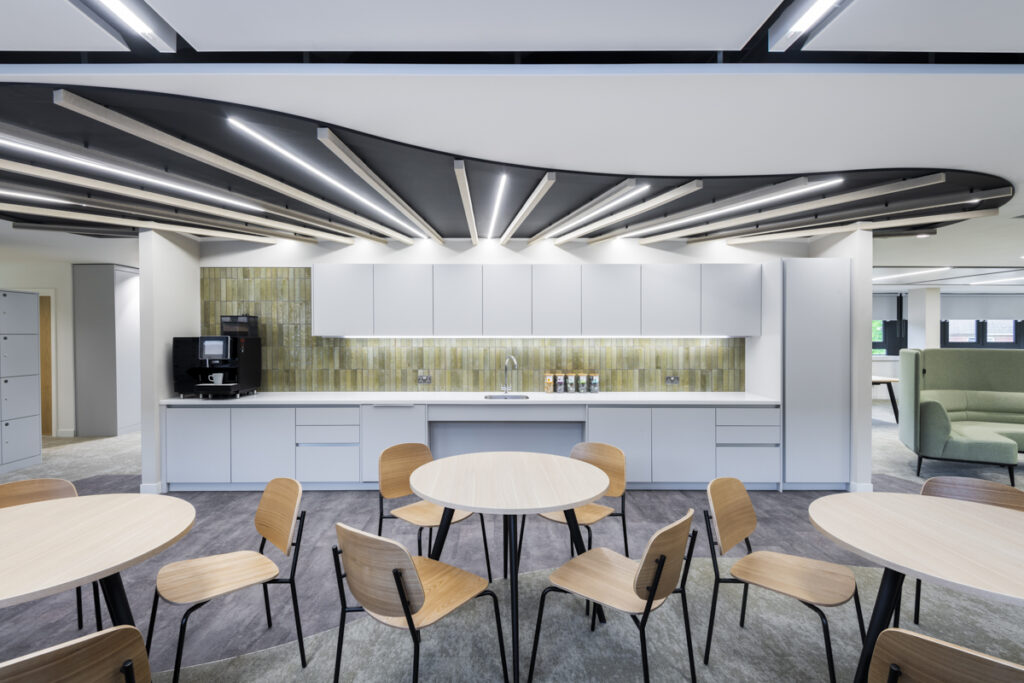
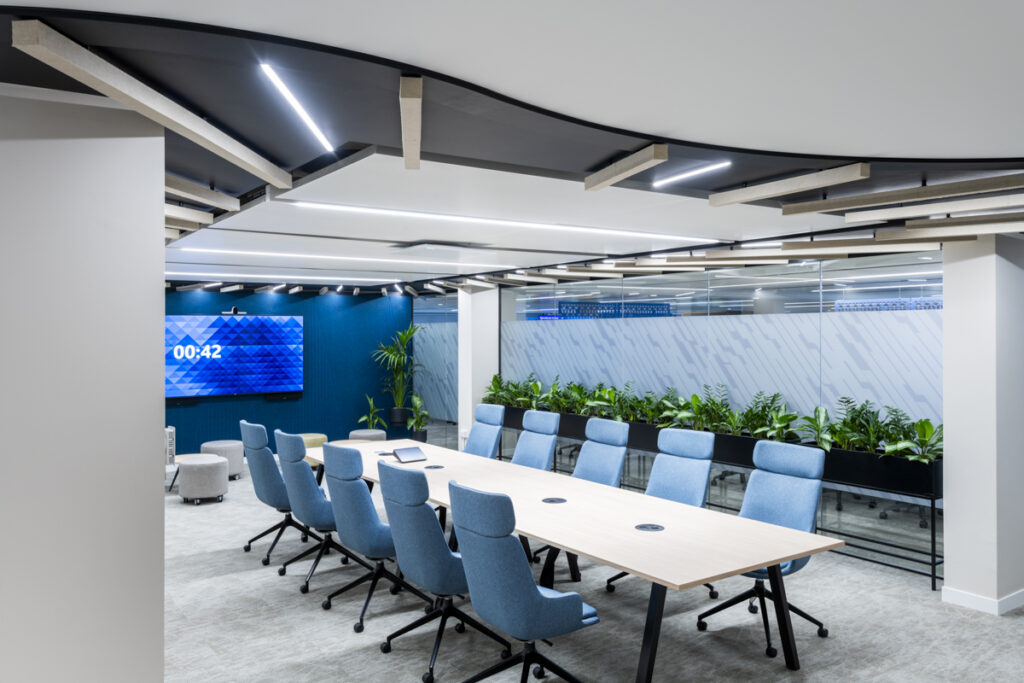
Understanding Workspace Design and Office Architecture
Recognising the differences between workspace design and office architecture is essential for workspace interior photographers. While workspace design focuses on creating functional and aesthetically pleasing interiors, office architecture considers the broader structure, form, and exterior of the building. Both play a significant role in defining a workspace, and good photography should reflect this interplay.
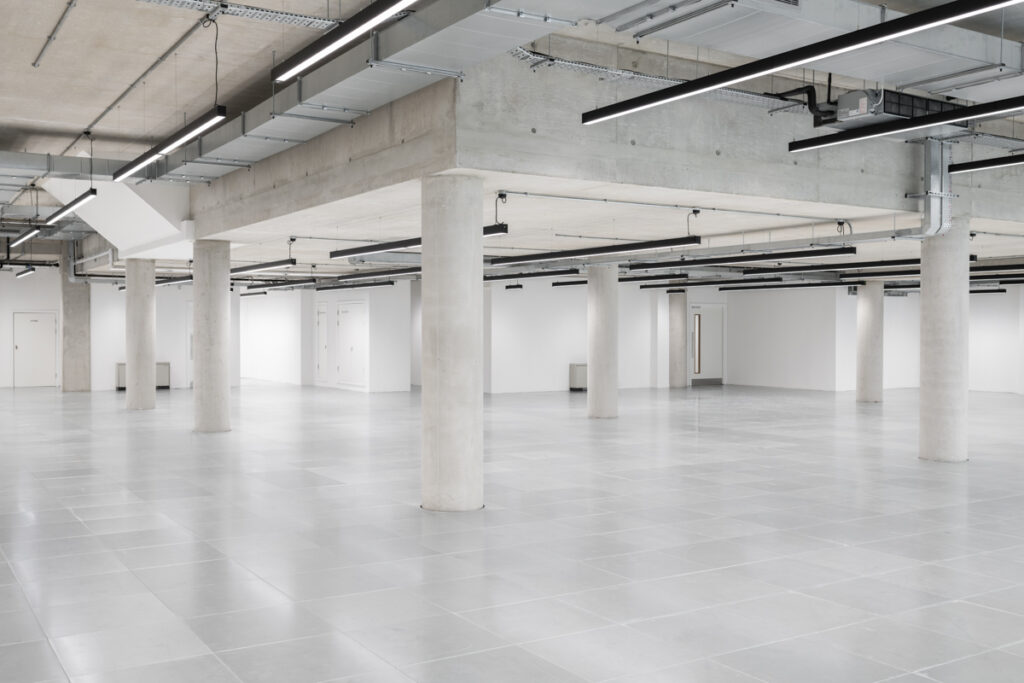
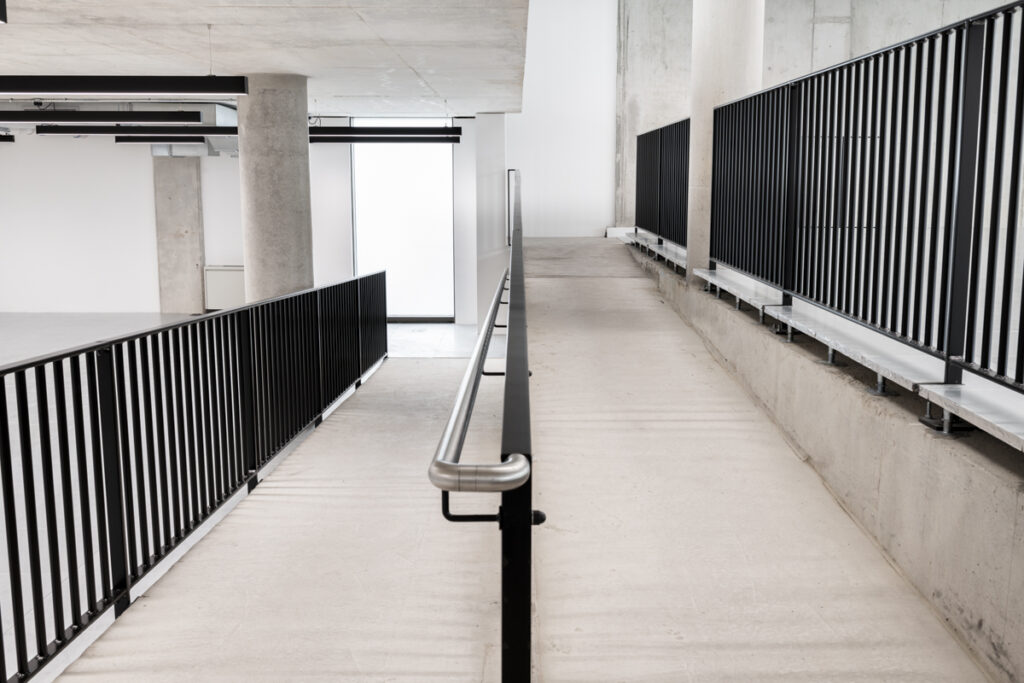
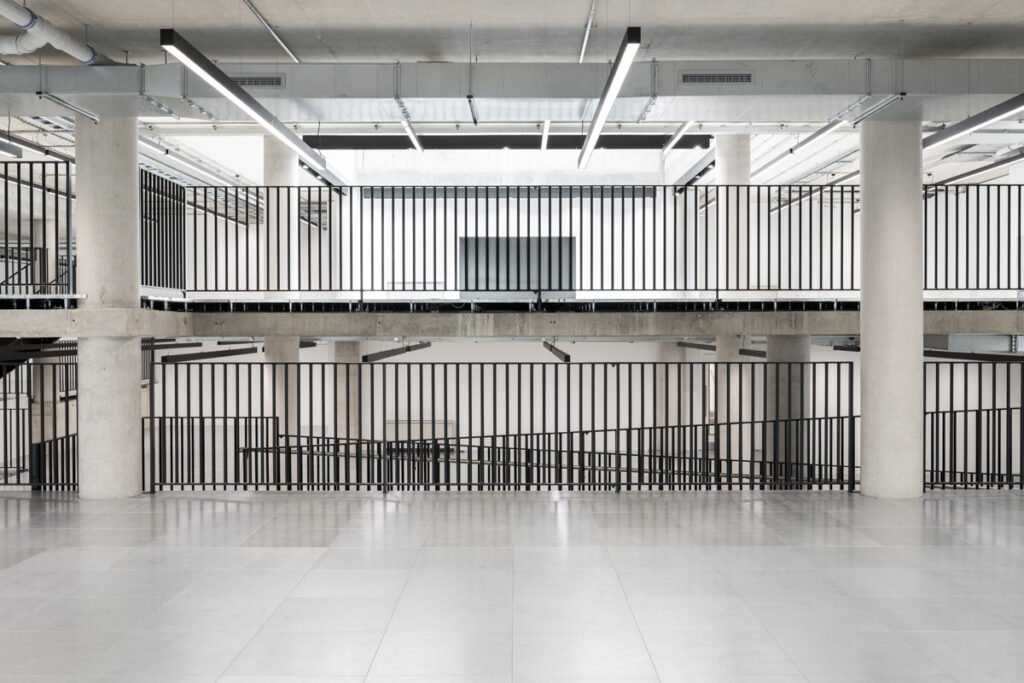
Post-Processing: Enhancing without Over-Manipulating
While post-processing is an important aspect of photography, the goal with workspace interior photographs is to maintain the space’s authenticity. Skilful editing enhances the image quality without over-manipulating elements. Photographers should adjust exposure, contrast, and colour balance to ensure the final images accurately reflect the space.
Conclusion
In essence, producing outstanding workspace interior photographs is a multidimensional process. It involves staying current with industry trends, understanding the nuances of workspace design and office architecture, mastering composition and lighting, using specialised equipment, and skilful post-processing. When these elements converge, the result is more than just an image; it’s a visual narrative that captures the character, atmosphere, and functionality of a workspace.












Share Post: